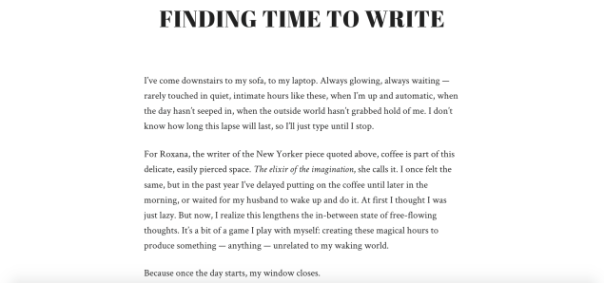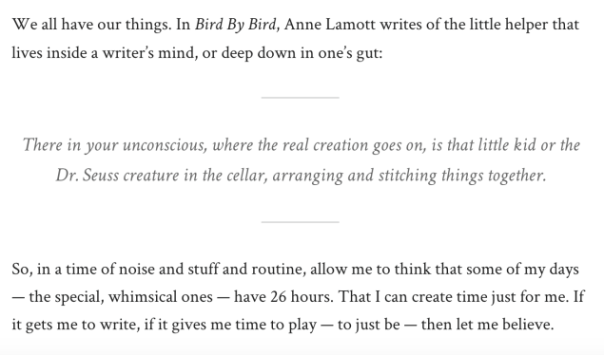The Washington Post recently published a powerful three-part series looking at the plight of the black middle class in America. The series focuses on Maryland’s Prince George’s County—the most affluent majority-black county in America, as well as one of the counties hit hardest by the foreclosure crisis. At the heart of the series is a singular, vexing question: “Why don’t black middle-class families enjoy the same level of economic security as their white counterparts?”
1. “The American Dream Shatters in Prince George’s County” (Michael A. Fletcher, January 24, 2015)
“But today, the nation’s highest-income majority-black county stands out for a different reason — its residents have lost far more wealth than families in neighboring, majority-white suburbs. And while every one of these surrounding counties is enjoying a strong rebound in housing prices and their economies, Prince George’s is lagging far behind, and local economists say a full recovery appears unlikely anytime soon.”
2.“In…
View original post 163 more words









